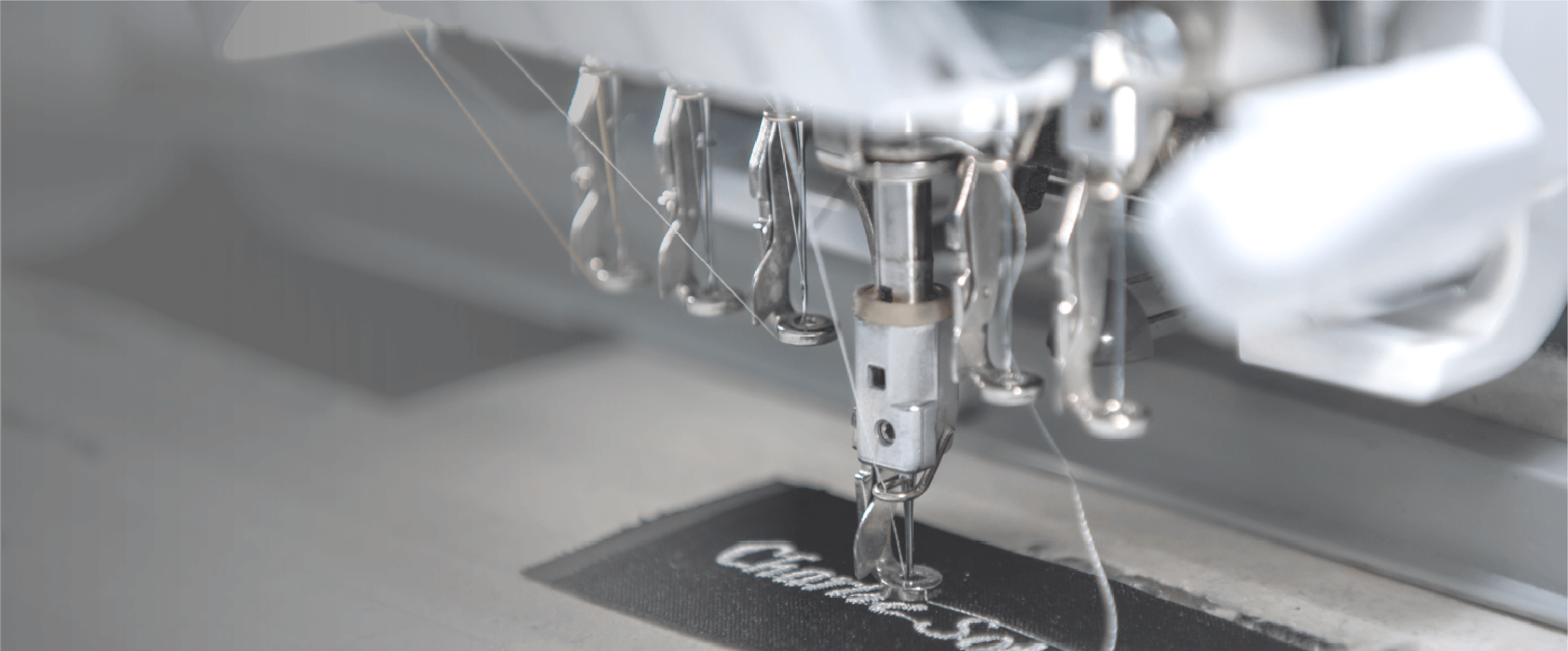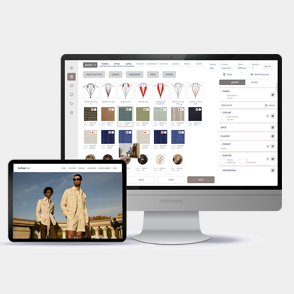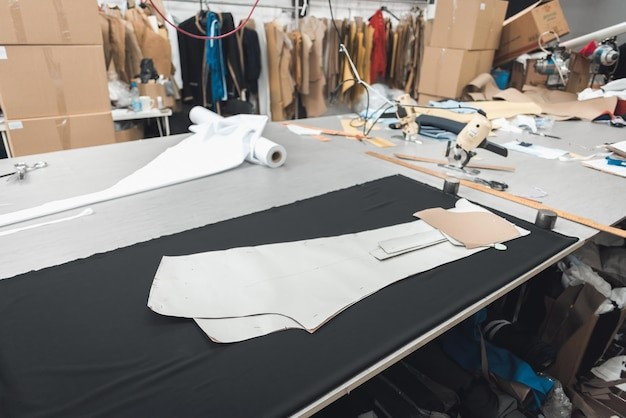
The smell of freshly dyed fabric hung in the air as Maria, a Brooklyn-based designer, stared at the mismatched sleeve lengths on her prototype jacket. Her dream of launching an inclusive size range for curvy women was being sabotaged by production errors. Like 73% of emerging brands (2025 Fashion Tech Survey), she realized her success hinged on one critical decision: finding a clothing manufacturer who could translate sketches into flawless garments.
This isn't just about stitching fabric – it's about building partnerships in an industry where 43% of fashion startups fail within 18 months due to production mishaps. Let's navigate this complex terrain together.
Whether you're launching a luxury knitwear line or eco-friendly activewear, your choice of clothing manufacturers directly impacts:
•Brand reputation ㅤㅤ(Cited: 68% of consumers abandon brands after one quality issue – 2024 CGS Retail Report)
•Profit margins ㅤㅤ(Example: Producing organic cotton tees in Portugal costs 8.50/unitvs.8.50/unitvs.4.20 in India)
•Scalability ㅤㅤㅤ(Data: Manufacturers with ERP systems handle 40% larger orders without delays)
Start by clarifying your specific needs:
Understanding market trends can help refine your manufacturing strategy:
There are multiple ways to locate reliable clothing manufacturers:
• Online Directories and B2B Platforms – Websites like Alibaba, Thomasnet, Maker’s Row, and SaleHoo connect businesses with clothing manufacturers worldwide.
• Industry Trade Shows and Exhibitions – Attending apparel trade fairs allows you to network with potential suppliers and inspect their product quality firsthand.
• Social Media and Networking – Platforms like LinkedIn, Facebook groups, and Reddit forums can provide valuable recommendations and reviews from industry professionals.
• Independent website – Search for keywords such as custom clothing manufacturers and other related words on Google search engine to find independent websites. Independent websites (like Kutetailor) are directly connected with suppliers, making it easier to express your needs to clothing suppliers.

When choosing a clothing manufacturer, you must decide whether to work with domestic or overseas suppliers. Each option has its advantages and challenges:
✅ Advantages:
❌ Challenges:
✅ Advantages:
❌ Challenges:
Once you have shortlisted potential manufacturers, you must assess their credibility and quality:
Before committing to a manufacturer, request product samples to evaluate:
Look for customer reviews on platforms like Google Reviews, Trustpilot, and industry forums to gauge the manufacturer’s reputation.
Ensure that the manufacturer meets industry standards by checking for certifications such as:
If possible, visit the manufacturer’s facility to inspect working conditions, equipment, and production capabilities. Alternatively, request a video audit to assess their factory remotely.
A manufacturer’s ability to communicate effectively is crucial. Consider:

Before committing to a large production run, place a small order to test reliability and quality.
Outline all production terms, including:
If working with a clothing manufacturer doesn’t suit your business model, consider these alternatives:
With dropshipping, you sell clothing without holding inventory—your supplier handles production and shipping.
✅ Pros: Low startup costs, no inventory management
❌ Cons: Limited control over branding and quality
Buy ready-made clothing from wholesalers and sell under your brand.
✅ Pros: Quick inventory access, no production delays
❌ Cons: Less customization, lower profit margins
With POD services (e.g., Printful, Teespring), you can design custom clothing without upfront production costs.
✅ Pros: No inventory risk, flexible designs
❌ Cons: Higher per-unit cost, limited product variety
When Maria finally found her match in a Chinese factory for her needs, she learned a lesson: The right manufacturers don’t just sew clothes—they sew confidence into every piece.
Choosing the right clothing manufacturer is an important step in building a successful apparel brand. By carefully defining your needs, researching potential suppliers, and thoroughly evaluating their quality, you can find a manufacturing partner that meets your business goals. Whether you choose domestic or overseas suppliers, or explore alternatives like dropshipping or print-on-demand, the key is to prioritize quality, reliability, and long-term partnerships.
With a strategic approach, you can secure a trusted manufacturing partner and focus on growing your fashion brand with confidence.
Production time varies but typically takes 4-12 weeks, depending on the complexity of the design, order size, and manufacturer’s capacity.